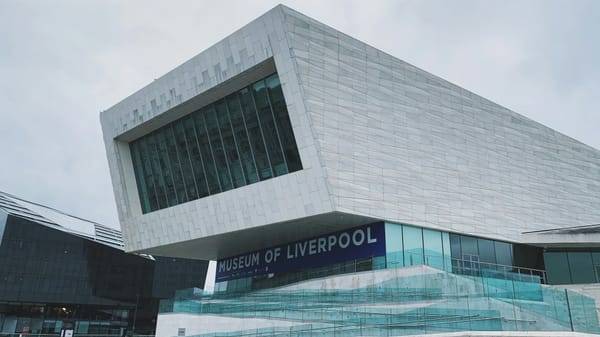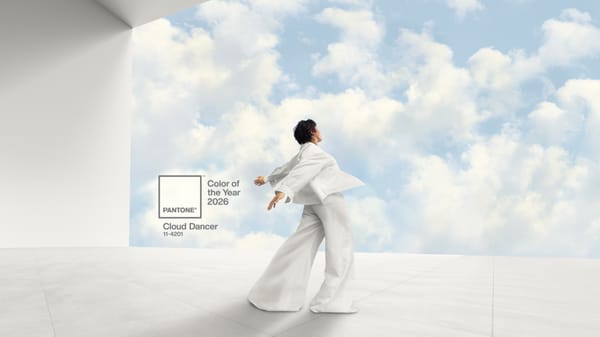Art and Artificial Intelligence: How A.I. Is Transforming Museums
From Munich to Venice, artists use A.I. not just as a tool but as a force — reshaping museums into living systems and questioning what it means to be human.

In Europe’s grand museums, A.I. is no longer hiding in research labs or digital studios. It has slipped into galleries as an invisible operator — pulsing lights, generating voices, watching movement, and reshaping the very idea of what an artwork can be.
Art and Artificial Intelligence in the Museum Space
In Munich, artist Philippe Parreno transformed galleries into a kind of living organism. Visitors found themselves surrounded by flickering films, pulsing light systems, and walls that seemed to breathe with watchful intent. A rack of electronics — blandly labeled “Brain” — orchestrated the spectacle.
This “Brain” wasn’t a mere prop. It processed streams of real-time data and decided how the environment should respond. Lights dimmed or flared, screens shifted, and even the voice of a trusted news anchor was hijacked, speaking in fragments of invented language. The experience felt uncanny — as if the museum itself had begun to think.
Parreno’s experiment was less about creating images and more about designing conditions. A.I. became the unseen operator, a system of control and connection. The artwork existed not in one object but in the orchestration of many — a reminder that museums, too, are networks of power, technology, and interpretation.
Beyond Simulation — Pierre Huyghe’s Liminal
If Parreno’s galleries became an organism, Pierre Huyghe’s Liminal at the Venice Biennale took the concept further into uncertainty. Visitors encountered a faceless body groping through shifting darkness. This A.I.-driven entity was not pre-scripted; it evolved in response to weather, humidity, and human presence.
The work blurred the line between simulation and reality. Was the figure alive? Was it machine-driven choreography? Or simply noise, elevated by context into “art”? Huyghe’s genius was in refusing to answer. The uncertainty itself became the aesthetic force.
This recalls the Romantic tradition: J.M.W. Turner’s tempests and Caspar David Friedrich’s cliffs confronted viewers with forces larger than themselves — storms, seas, the vast sublime. Today, the storm is not natural but technological: opaque algorithms, black-box intelligences, vast datasets. Huyghe’s Liminal showed how A.I. can be less a spectacle than a philosophical abyss.
From Spectacle to Sublime — A.I. as Force of Nature
Much of the public’s exposure to digital art today leans toward spectacle. Algorithm-generated coral reefs glow across LED walls; immersive Van Gogh projections pulse in warehouse spaces; Instagram-friendly A.I. filters multiply endlessly. These works emphasize novelty and surface.
But artists like Parreno and Huyghe demonstrate a different path: A.I. as an echo of the sublime. Instead of dazzling with colors, these works destabilize perception. They place the viewer inside systems they cannot fully grasp — much like standing on Friedrich’s cliff before an infinite horizon.
In this sense, A.I. art channels awe, disorientation, and humility. It reminds us that intelligence, even when man-made, can feel alien. The museum becomes not a safe archive of objects but a stage for encounters with the unknown.
What Does A.I. Mean for Human Creativity?
Art has always adapted to new technologies. When photography first appeared in the 19th century, critics feared painting would become obsolete. Yet painters like Édouard Manet and Claude Monet used photography’s influence to push toward modernism. Film, too, once seemed to threaten theater; instead, both found new forms.
Today, A.I. poses similar questions. If machines can generate endless images, what remains for the artist? The answer may lie not in output but in framing. Artists like Parreno and Huyghe use A.I. not to replace creativity but to expose its conditions. They reveal how systems — whether cultural, political, or algorithmic — shape what we see and feel.
As artist Olafur Eliasson has said: “Artists make the invisible visible. In the case of climate change, they turn numbers into emotions.” The same applies to A.I. Artists translate code and data into sensory experience, making abstract processes tangible and emotionally charged.
Rather than competing with A.I., human creativity now involves curating its outputs, questioning its biases, and orchestrating its possibilities. The artist becomes less a solitary genius and more a collaborator with a strange, powerful partner.
The Future of Art and Artificial Intelligence
The rise of A.I. in museums raises profound questions for curators and audiences alike:
- Curation by Algorithm: If A.I. can learn from visitor patterns, could it design exhibitions that adapt in real time? Would that enhance cultural engagement or flatten it into data-driven predictability?
- Ethical Concerns: Works like Liminal show how A.I. learns from bodies and environments. What data is collected, and who controls it?
- Preservation: How do museums archive works that are partly alive, continuously evolving, and dependent on technology that may soon be obsolete?
- Authorship: If the A.I. entity grows beyond its creator’s initial code, where does authorship end and machine autonomy begin?
These are not purely technical questions. They cut to the heart of what museums exist to do: preserve human culture, interpret meaning, and create encounters that expand our sense of the world.
By embracing A.I., museums risk ceding some control — but they also gain a chance to reflect society’s deepest shifts. Just as Impressionism responded to industrial modernity, today’s A.I. installations mirror a world shaped by algorithms, automation, and invisible infrastructures.
Facing the Unknown
In the hushed halls of Munich and Venice, A.I. does not roar with robotic clamor. It whispers, flickers, and watches. It turns galleries into living systems, and artworks into questions without answers.
Parreno’s “Brain” and Huyghe’s Liminal show us that A.I. in art is not just about generating pretty images. It is about designing uncertainty, staging encounters with forces we do not fully understand.
The question art has always asked remains: What does it mean to be human in the face of something vast, strange, and beyond our grasp? Today, that “something” is not nature’s storm but our own creation: artificial intelligence, staring back from the void.
ART Walkway News





